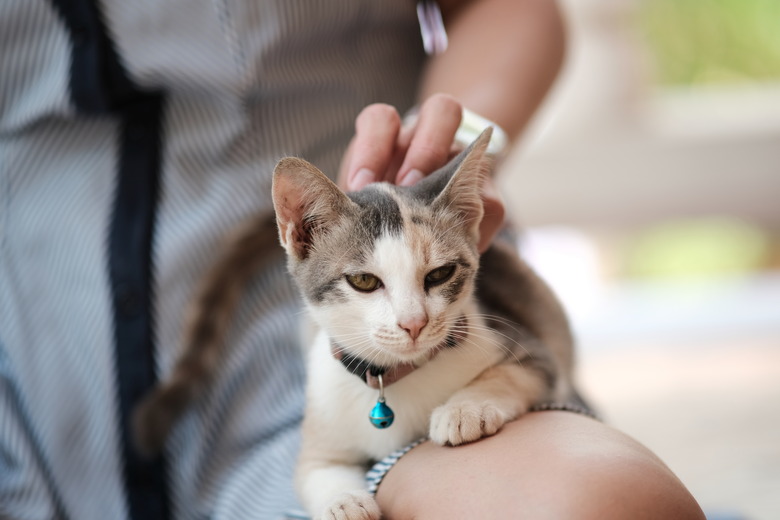How To Save A Dying Kitten
It is a heartbreaking reality that not every kitten who is born will survive into adulthood. There are steps to take to give kittens the best chance, but sometimes, a kitten will start to fail with little warning. When you learn how to tell if a kitten is dying, you can recognize the signs and take steps to save the kitten.
Symptoms of fading kitten syndrome
Symptoms of fading kitten syndrome
Fading kitten syndrome is the name used to describe kittens who fail to thrive. Symptoms usually come on suddenly, although in many cases, the conditions that caused the decline of the kitten have been happening for a longer period of time. The two primary causes are hypothermia and hypoglycemia.
This could be due to the mother not properly caring for her kittens, whether that be due to inexperience or because she simply isn't producing enough milk to support her litter. In some cases, the cause is an underlying and undiagnosed medical condition. Trauma, such as a fall, is another major cause of fading kitten syndrome.
There are some common symptoms that may help you know how to tell if a newborn kitten is dying. Hypothermia is a common problem, and the kitten will feel cool to the touch. If you were to take her temperature, it would be under 99 degrees Fahrenheit. The kitten may be extremely vocal and make loud cries. In addition, she will likely be quite lethargic and have difficulty breathing. If you see any of these symptoms, it is important to take action immediately to attempt to save your dying kitten.
Can you save a dying kitten?
Can you save a dying kitten?
When deciding how to save a newborn kitten from dying, there are two main things you can do. Of course, if it is possible, get your kitten to the veterinarian right away for assistance. Your vet will provide treatments such as giving fluids, sugar, and warmth as well as treating the underlying cause if necessary. For example, if an infection caused the fading kitten syndrome, your vet may give antibiotics.
Since fading kitten syndrome comes on quickly and may not align with the business hours of your veterinarian, do what you can to increase your kitten's body temperature and blood sugar levels. You can do this at home or if you have someone to drive, on the way to the vet. Wrap the kitten in a towel or blanket and add a heat source. A heating pad is an effective option, or alternatively, put rice in a sock or cloth bag and microwave it for a couple of minutes to heat it. Place a couple drops of Karo syrup or sugar dissolved in water in your cat's mouth every three minutes.
Resuscitate a newborn kitten
Resuscitate a newborn kitten
If you regularly breed cats, it can be extremely helpful to know how to give a kitten CPR. This can give you the opportunity to resuscitate your kitten. First, check the airway and use a bulb syringe to clear any mucus from your kitten's nose and airway. Then, if your kitten still isn't breathing, hold your kitten's mouth closed, seal your mouth to his muzzle, and gently blow four to five breaths into the kitten's nose.
Check for a heartbeat, which you can usually feel right behind the elbow. If you have a stethoscope, you can listen for a heartbeat. If the heart isn't beating, use your thumb and forefinger to apply chest compressions at a rate of about 120 compressions per minute. Each compression should have a depth of about 0.4 to 0.8 inches. Give five compressions and then a single breath and then check for a heartbeat and breathing before continuing with CPR.

